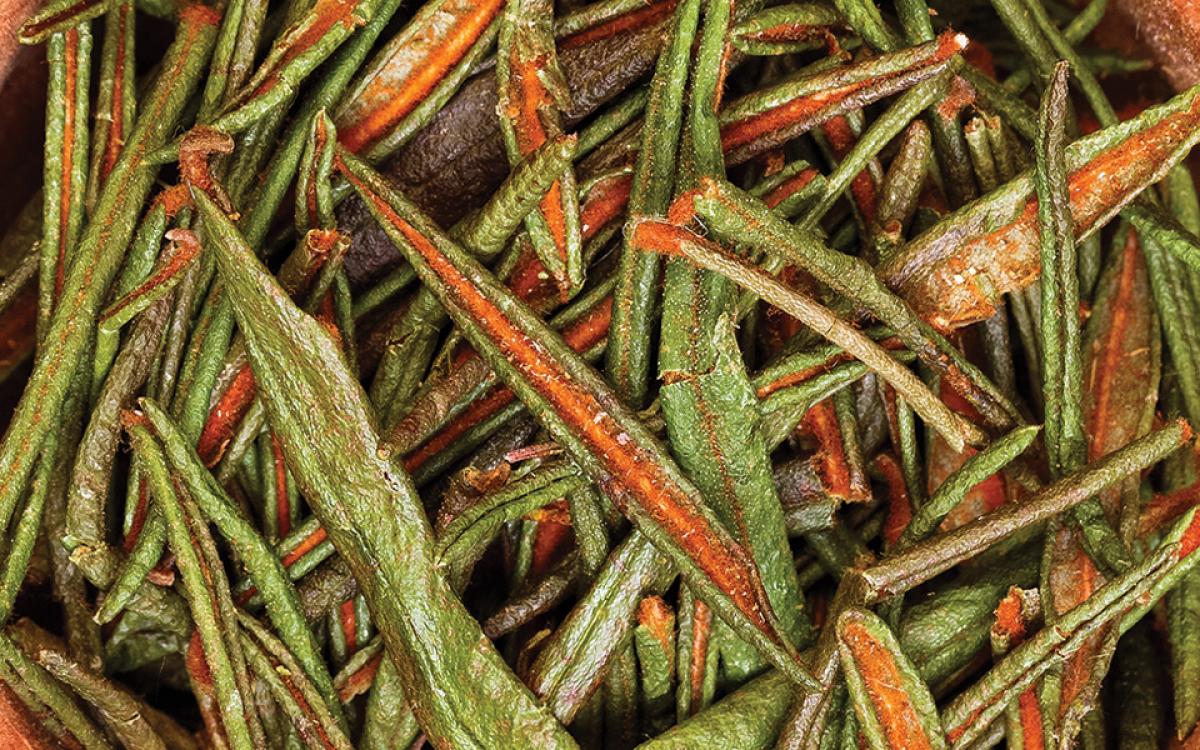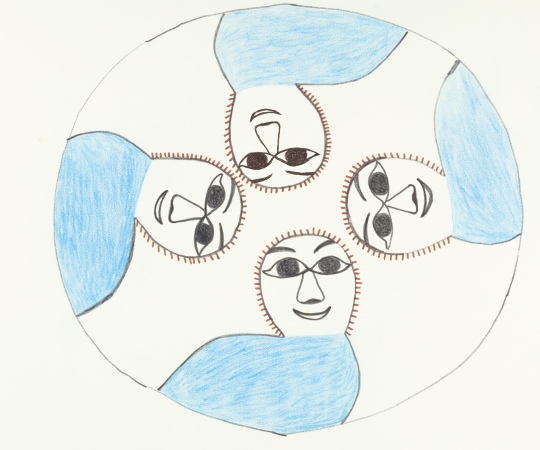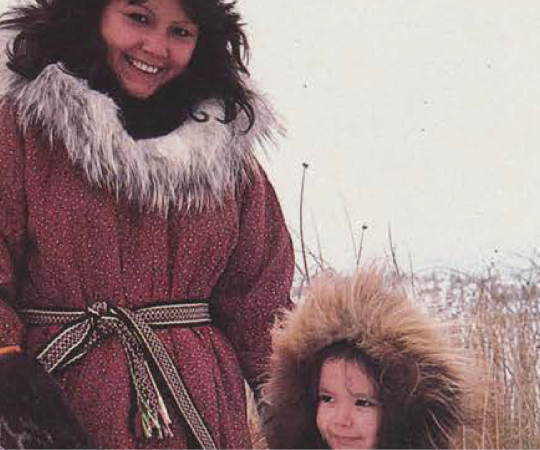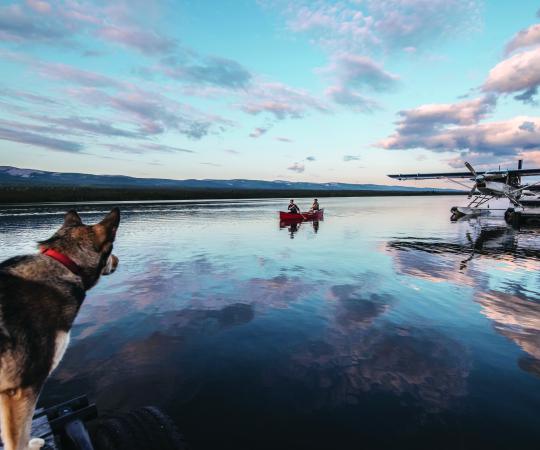Summertime brings daylight, warmth and fresh, nutritious berries. A half-cup of cloudberries covers your daily vitamin C needs, and you can also find crowberries, raspberries, blueberries and saskatoons throughout the North. To avoid their harvest going to waste, the Inuit would traditionally store the fruit in holes, preserved in fat, and cover their cache with seal skin. Safe from exposure, the berries would keep all winter in this natural freezer.
Then you’ve got your leafy greens. Arctic willow and mountain sorrel are other sources of vitamin C. Young fireweed leaves, which can be cooked and eaten like spinach, provide calcium, magnesium, and vitamins A and B.
With a little more ingenuity, you can also make bread off the land. Bulrush rhizomes can be dried and ground down into a flour-type powder, then made into pancakes or bread. Similarly, cattail pollen can make a fine bush flour—if you get to the plants before they grow their iconic brown cylinders and shake the pollen into a bag.
Plants also provide dietary fibre—important for staying regular when you’re on the land.
Many of these plants are also said to have medicinal qualities. Labrador tea, when steeped, is used to fight respiratory issues. A tea of juniper berries fights congestion, coughs and colds. Tea made from tamarack pine cones can be consumed for general good health, as well as to treat headaches, stomach aches and colds.
Boiled rose hip petals can be used to treat heat rash and cuts. Willow leaves can be chewed and applied to bee stings, burns, rashes, cuts or toothaches. Fireweed, ubiquitous across the North, can also be boiled whole to brew a liquid that can be rubbed on rashes for relief, or a poultice can be made from its leaves.
Spruce trees have a wealth of uses. Spruce cones can be boiled into a tea that’s used to fend off colds and maintain good general health. The new, clear sap can be used to soothe skin irritation and reduce the chance of infection in cuts. It’s also been used to treat skin disorders like eczema or cold sores. The old, pink sap can be chewed as a treat, or boiled into a tea that’s said to help stomach problems like an upset stomach or even ulcers. Young spruce tips can be chewed to relieve an itchy throat, or boiled so that the steam can be breathed in to help clear nasal passageways when congested.
Another particularly important plant is reindeer lichen, also known as white moss. Used in a medicinal tea for stomach and chest pains, it can also be eaten when boiled and strained twice (and can be mixed in raw with dog food to cleanse your pet's system of tapeworms). The stomach contents of caribou, called it’rik in the Gwich’in language, is mostly lichen and can be eaten or used as a meat tenderizer. It can also be made into a paste, with fat and berries, and eaten, or added to soups. It is said to enhance a person’s appetite.
It’s important when gathering these plants to do so in a respectful manner and only take what you need, and minimizing damage to the plants themselves. In some cultures, like that of the Gwich’in, offerings (such as tobacco or even just a prayer) are left when harvesting a medicinal plant.
It’s also important to note that we are not doctors, and none of this constitutes medical advice. Thanks to Gwich’in Ethnobotany by Alestine Andre and Alan Fehr for much of this information.










